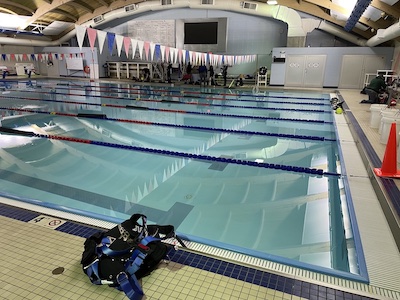Core Diving Skills
These skills form the foundation of safe, confident diving. Every new diver learns them in training, but true mastery comes from practice and awareness. When you are ready for details, follow the full guides linked at the end of each section.

Buoyancy and Weighting
Proper weighting is the foundation of buoyancy, gas efficiency, and safe ascents. Test, calculate, and adjust weights for stable, effortless diving.

Balanced Rig Concept
A Balanced Rig is a dive setup where you carry only as much weight as needed to compensate for the gas you will consume during a dive.

Setting up Dive Gear
Learn how to set up your tank, BCD, and regulator correctly. This guide covers gear assembly, air checks, and buddy checks to build solid dive habits.

Basic Hand Signals
Essential scuba hand signals for clear underwater communication, from OK and problem to low air, turn the dive, and safety stop.

Trim and Body Positioning
Trim, not just buoyancy, is the key to control underwater. Learn how body position and gear setup affect it, and how to stay flat and efficient.

Controlled Descents
Controlled descents prevent ear issues, crashes, and buddy separation. Learn to descend slowly, equalize early, and stay together for a smooth start.

Safety Stops
A safety stop is more than pausing at 15 feet; it is about control and awareness. Learn to hold depth, manage time, and stay with your buddy for a safe ascent.

Mask Clearing
Mask clearing is essential for handling leaks or floods underwater. Learn why it feels stressful and how to clear while staying calm and confident.

Free Flowing Regulator
A free-flowing regulator can empty your tank in just minutes underwater. Learn the main causes, how to respond calmly, and practical ways to prevent it from happening.

Sharing Air
Learn the differences between primary donate and octopus donate, their pros and cons, and how to practice with your buddy to be prepared.

Practice in a Pool
Pools are perfect for sharpening scuba skills. Clear, calm conditions let you focus on buoyancy and trim. Learn how to make it count.

Calling the Dive
Calling a dive means ending it early for any reason. Good teams support the choice, debrief later, and see early calls as maturity, not weakness.